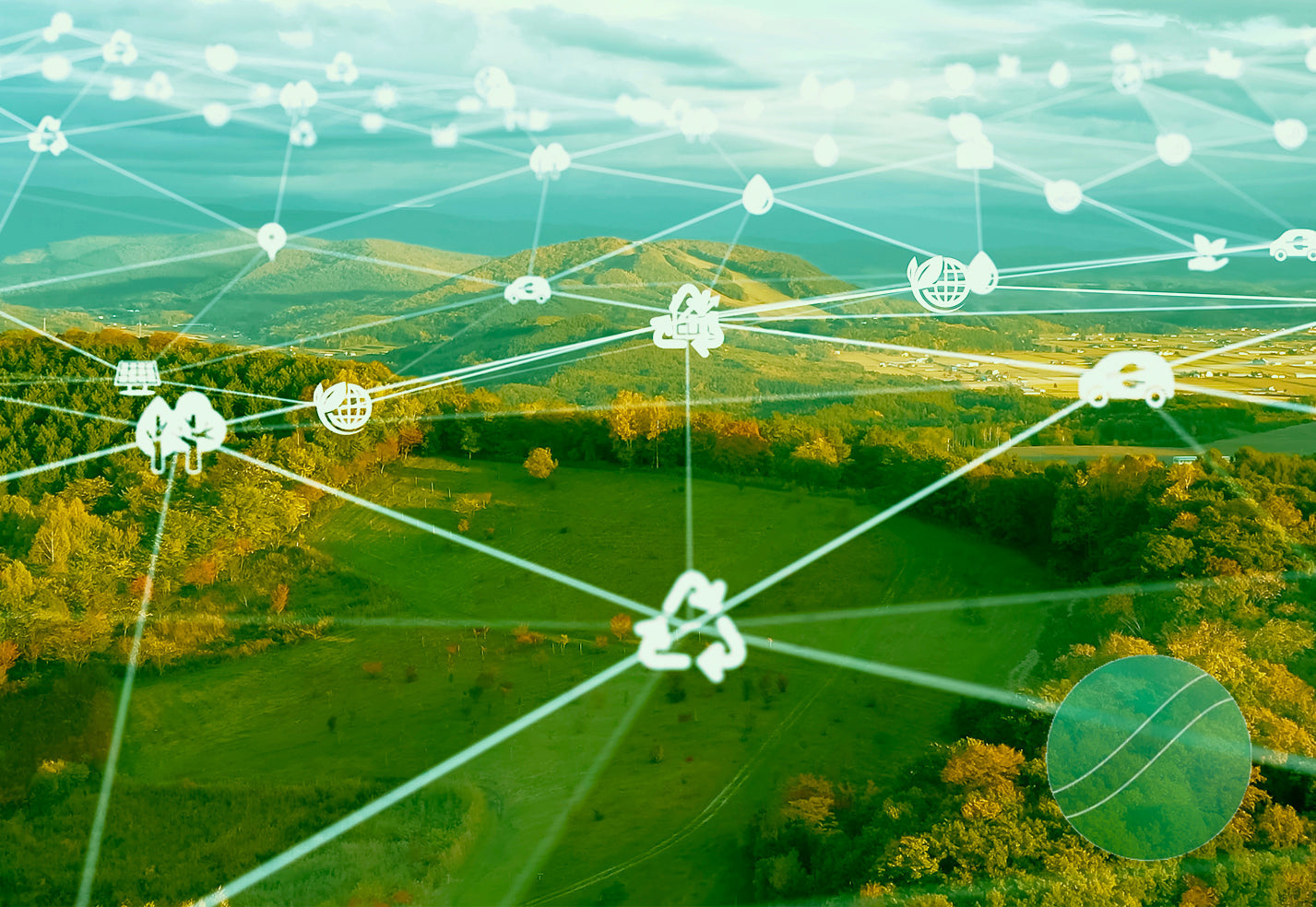What Scope 3 Emissions Reporting means for Australian Livestock Producers
Australia's agriculture sector is entering a new era. As the nation moves towards more transparent and accountable carbon reporting, farmers are being called to understand the way emissions are measured, reported, and ultimately reduced. Emissions are no longer just an environmental issue—they’re a business consideration. Understanding Scope 1, 2 and especially Scope 3 emissions will be key to staying competitive and compliant in this changing landscape.
Breaking Down the Scopes
The Greenhouse Gas (GHG) Protocol categorises emissions into three types. Scope 1 covers direct emissions from sources that are owned or controlled by a business—such as diesel used by tractors or methane from livestock. Scope 2 covers indirect emissions from the generation of purchased electricity. Then there’s Scope 3—the most complex and wide-reaching category. These are indirect emissions that occur in the value chain, both upstream and downstream. For farmers, this includes the emissions involved in the production of inputs like fertilisers, the transport of their goods, and even how those products are consumed and disposed of by the end user.
Why Scope 3 Reporting Is a Game Changer
Why does this matter now? Because large companies—processors, supermarkets, exporters—are now required to report their total emissions, including Scope 3. That means they are looking closely at their suppliers. Farmers who can't demonstrate emission reductions or at least transparency may lose contracts or be asked to meet stricter terms. Whether you’re supplying wheat, beef, or horticultural produce, the focus is shifting fast.
What Scope 3 Means for Livestock Farming
In livestock farming, Scope 3 emissions are particularly important. While the animals themselves produce methane—a Scope 1 emission for the farmer—the emissions associated with their feed, the processing and distribution of meat, and even waste disposal fall under Scope 3 for many stakeholders in the supply chain. That means a beef producer is not just responsible for what happens on their farm, but is part of a wider accountability system that includes everything from fertiliser use in grain production for feed to the refrigeration of meat in supermarkets.
This adds a layer of complexity but also opens the door for leadership. Livestock farmers who can show they are lowering emissions through improved feeding regimes, reducing synthetic fertiliser use, enhancing soil carbon sequestration, and tracking animal health and productivity data are in a strong position. They can not only meet the expectations of the supply chain but may also qualify for carbon credits, new market access, and price premiums.
The Australian Context
In Australia, carbon accounting is becoming more prominent thanks to policies like the Safeguard Mechanism and increasing pressure from international trade partners. Supply chains want emissions data. And they want it now. If you are a cattle or sheep farmer, you’ve likely already been asked about your carbon footprint—or will be soon.
Digital Tools Are Making It Easier
The good news is that tools and support systems are emerging. Digital platforms are here to help. Pro Earth's livestock emissions tracker app, helps producers calculate and monitor livestock emissions simply and effectively. The App allows for daily, monthly, and seasonal tracking of emissions, helping you understand how your herd contributes to your total footprint. It gives you a baseline, allows you to set targets, and provides the evidence you need when buyers ask for your emissions profile.
Where to Begin
What can livestock farmers do today? Start with measurement. Knowing your emissions is the first step. Next, look at your feed supply—can you source grain from suppliers using regenerative practices? Can you use more on-farm feed? Are there ways to reduce the emissions intensity of your operations by improving reproductive efficiency or animal health outcomes? Small gains across many areas can add up to significant reductions.
Farmers can also begin by tracking fuel use, recording livestock numbers accurately, reducing synthetic fertiliser usage, and looking into biological alternatives. Soil health plays a role here too—healthier soils store more carbon, reducing overall emissions intensity. Practices like rotational grazing, use of cover crops, and biological soil treatments all contribute to a lower-emissions system.
Opportunities on the Horizon
Carbon reporting might feel like a regulatory burden, but it opens up opportunities. Verified low-emission farms are already attracting price premiums, gaining better market access, and qualifying for carbon projects that offer financial returns. What used to be a ‘nice to have’ is quickly becoming a ‘need to have’. And those who act early will be better placed to thrive.
It’s not about being perfect today—it’s about showing that you’re moving in the right direction. Scope 3 emissions reporting is here to stay, and Australian livestock farmers who engage early will help shape the standards and expectations of tomorrow’s agricultural economy.
This is the future of farming: transparent, accountable, and climate-smart. And with the right tools—like the Pro Earth App—Australian farmers are more than ready to meet the challenge.
